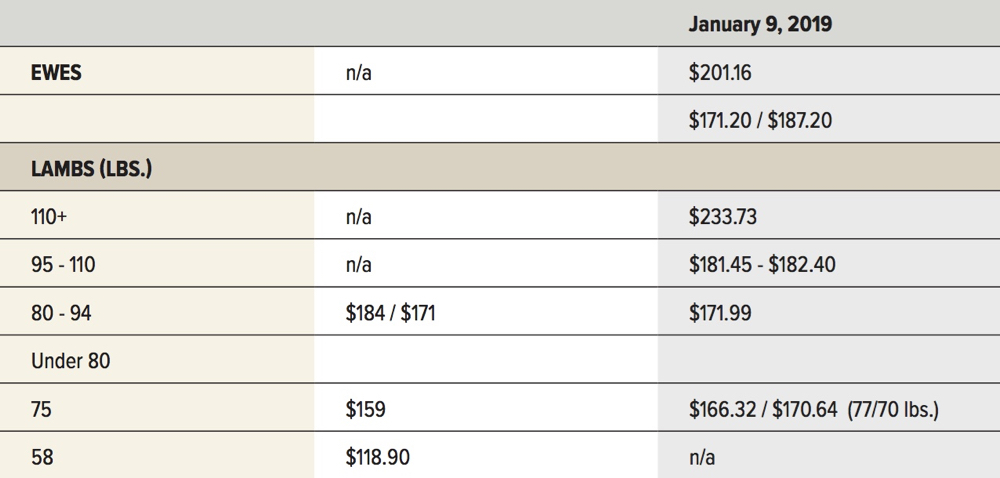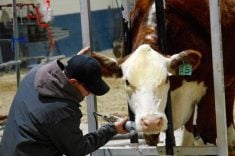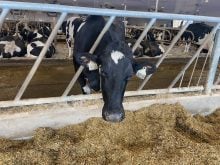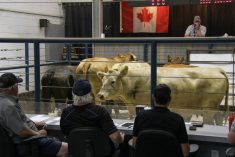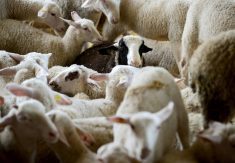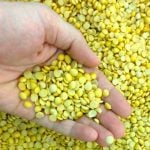It was a subdued start to the year Jan. 9 at Winnipeg Livestock Sales, with just 11 animals coming under the gavel.
However, the action failed to follow a familiar pattern to market watchers, where few animals generally translate into significantly higher prices.
This time the bidding was subdued for such low numbers and the arena chairs had barely warmed up before the sale was over.
Exactly why the sale was so small is a bit of a mystery, but several factors could be weighing in. Producers could be wondering about the future and waiting to see market prices before selling. Some are said to be in early birthing season already. Some established producers have been winding up or reducing operations recently, which will no doubt have some effect.
Read Also
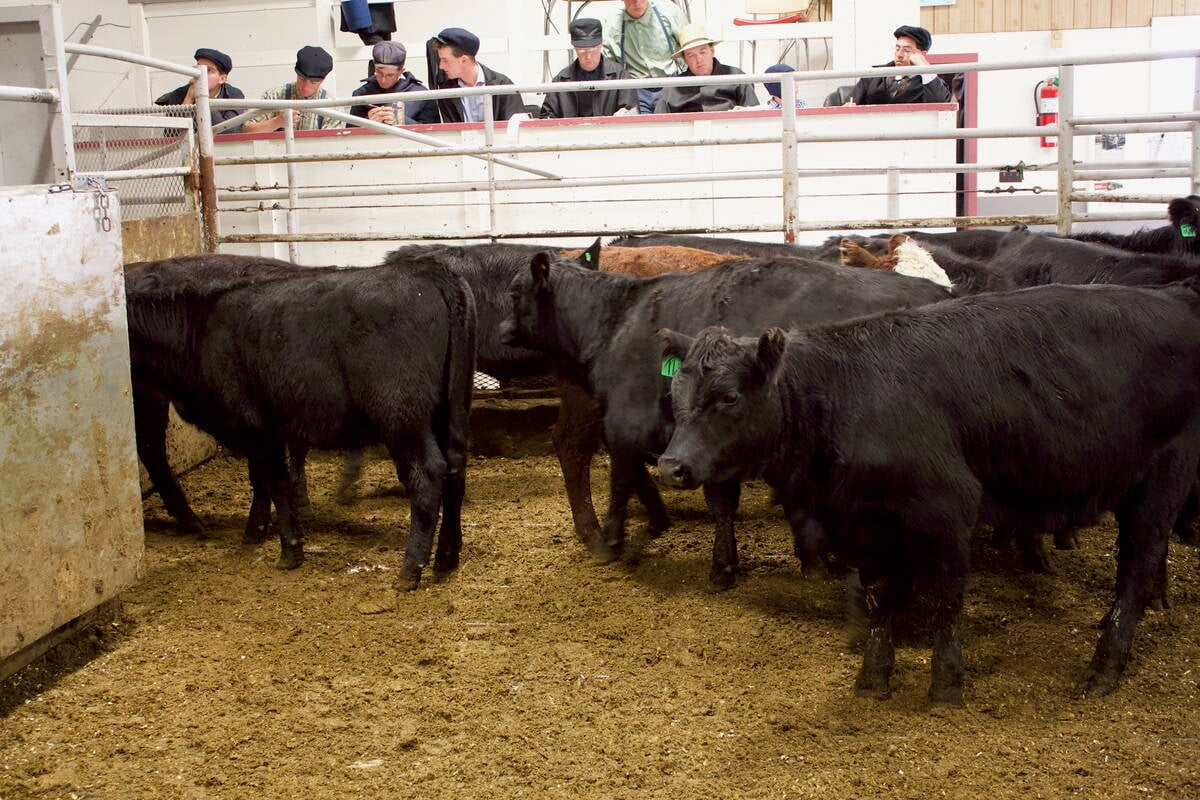
Manitoba beef weighs farmer futures
Cattle prices are good, but trade uncertainty and rising costs add some damper to Manitoba beef farmers’ celebration looking into 2026.
The feeder lambs fell slightly short when compared to the first sale of 2018. This year six 92-pound lambs brought $2/lb. A slightly scruffy 90-pound Babydoll lamb fetched $1.90/lb.
The lightweight lambs generally maintain a strong bidding price. However, with only one group of 75-pounders, it was hard to see a clear pattern. These Rideau-cross lambs brought $2.12/lb.
A 58-pound Cheviot-cross lamb and a 58-pound Rideau-cross lamb each brought $2.50/lb.
There were four 55-pound goat-cross kids delivered for this sale. One of these was a La Mancha-cross — a dairy representative.
The Ontario Stockyard Report noted lower amounts of sheep and goats as well. The bidding did not create major or high records. The new-crop lambs sold for only slightly higher than lambs in similar weights. The buyers had little interest in the heavy lambs, causing less bidding. Good sheep and goats kept to the usual yearly standards and baseline prices.

